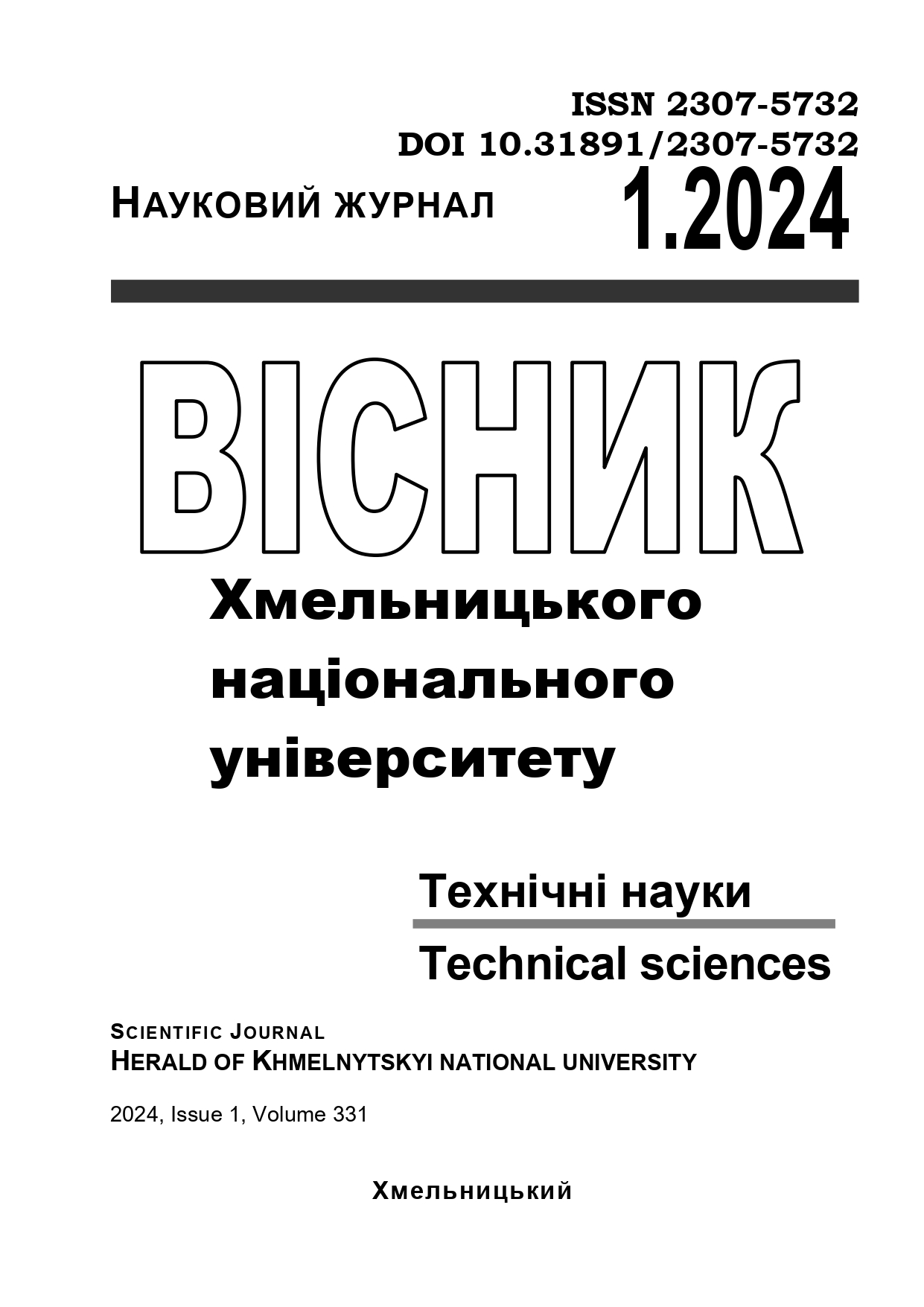FEATURES OF ANISOTROPIC BIPOLAR THERMOELEMENT
DOI:
https://doi.org/10.31891/2307-5732-2024-331-34Keywords:
anisotropy, thermoelement, sensor, eddy current, transverse thermo-EMF, singularityAbstract
Modern information communication networks include monitoring subsystems. The operation of monitoring subsystems is based on the operation of various sensors. Among the sensors used in the monitoring subsystems, thermoelectric sensors occupy an insignificant share. In order for thermoelectric sensors to become more widespread, it is necessary to solve the problem of a small value of thermoelectric efficiency. It is proposed to solve this problem by switching to sensors based on anisotropic bipolar thermoelement.
In the presented work, the influence of thermoelectric vortices with turbulent flow on the sensitivity of sensors based on anisotropic bipolar thermoelements was studied. The dependence of the value of the transverse thermal-EMF of this structure on the anisotropy coefficient K of the anisotropic bipolar thermoelectric material was determined. Corresponding singular points and limits of their existence are revealed. The dependence of the directions of rotation of vortices with a turbulent nature of the flow on the direction of approach to these points was established. The temperature sensitivity of the sensor based on an anisotropic bipolar thermoelement made of single crystals of cadmium antimonide with both unipolar and bipolar characteristics was evaluated. Research results show a significant increase in the temperature sensitivity of such sensors based on anisotropic bipolar thermoelements, which can be used as thermal sensors for monitoring individual elements of the information communication system. Such thermoelements will have an improved coefficient of temperature dependence of volt-watt sensitivity compared to anisotropic unipolar thermoelements. The conducted numerical calculations show the prospects of using anisotropic bipolar thermoelements as sensors for monitoring modern information and communication systems for collecting information, both about the system itself and the environment.

